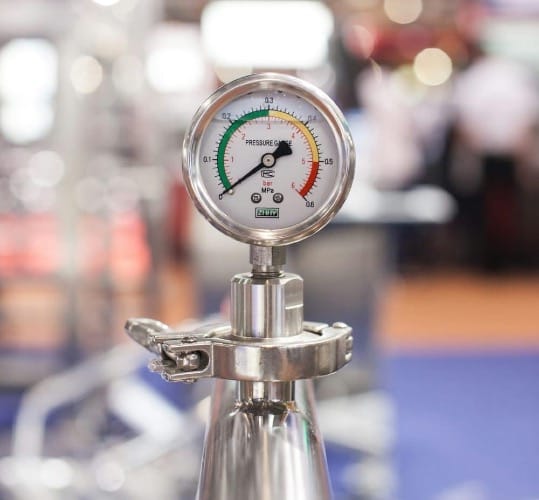Cylindrical Stress

Cylindrical stress can be attributed in three ways:
- Hoop Stress - an tangential stress around the circumference of the cylinder
- Longitudinal or Axial stress - a parallel stress to the cylinder’s axis
- Radial Stress - a coplanar but perpendicular stress to the cylinders axis

The most commonly encountered application for cylindrical stresses are with thin walled pressurised components. A thin walled pressurised component is defined by:

In these applications the radial stresses is assumed to be negligible i.e. the difference in stresses between the internal and external surfaces, and the shear stresses through the section are zero. Therefore we only need to consider the hoop stress and longitudinal stress.
Hoop Stress

Longitudinal Stress

⚠️
It is important to remember that these calculations only consider the internal pressure forces acting on the component. There will also be other forces to consider! For example, if your pressure component is large, you will also need to consider the effects of the component's mass (how it is mounted) and any other load cases such as vibrational or shock loads.
